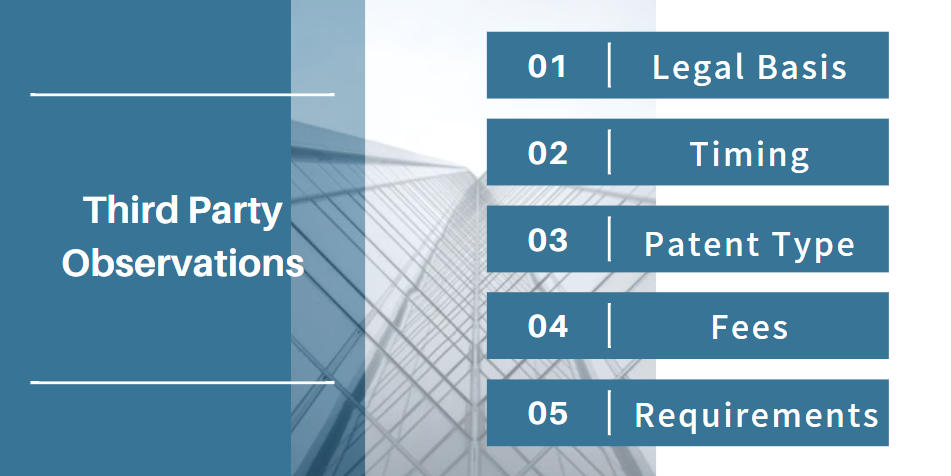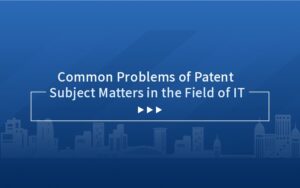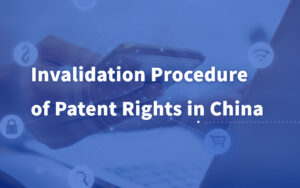Third Party Observations for Patents in China
Many patent offices provide the opportunity for third parties to submit prior art documents, such as published patent applications and patents or other publications, which they believe are relevant to the determination of patentability of the claimed invention. The submitted documents is called third party observations. If you find published patents in China might threat your business, you may submit third party observations to challenge the application.
In China, if a patent application is published before the grant of the patent, third parties are in a position to analyze the claimed invention contained in the published patent application before the grant of the patent or the refusal of the patent application.

In China, if you find a published Chinese patent might pose a threat to your business, you may submit your observations to the CNIPA to challenge the patentability of the application.
Legal Basis
Rule 48 of the Implementing Regulations of the Patent Law provides that any person may, from the date of publication of an application for a patent for invention to the date of announcing the grant of the patent right, submit to the Chinese Patent Office his observations, with reasons therefor, on any application which is not in conformity with the provisions of the Chinese Patent Law. The examiner will take into consideration of these observations but will not notify the person who has submitted the observations of the results.
Timing
The timing to submit a third party observation is from the date of publication of the invention patent to the date of announcing the grant of the patent right. And if the patent is granted, third party observations will not be applicable, and the invalidation procedure should be used.
It is recommended to submit observations as early as possible, preferably before the issue of the first Office Action.
Patent Type
A third party may submit observations against a pending invention application, but not a utility model application or a design application.
Who can submit
Any person can submit third party observations. It can be filed unanimously. The identity of the third party will be placed in confidence. This could help third parties to submit prior art information even if they have business relationship with the applicant and therefore, are unwilling to disclose their identities.
Official Fees
There are no official fees for third party observations.
Requirements on documents
To submit a third party observation, reasons and evidence regarding why the patent application is not in conformity with the provisions of Chinese Patent Law are needed. The evidence is not necessarily in Chinese language but a Chinese translation may help the examiner better understand the content. Notarization or legalization of the evidence is not required.
Though there are no specific requirements regarding the documents submitted. It is import for a third party to conduct thorough search and find really good prior art to challenge the application. It is highly recommended that a third party should draft a concise comparison to let the examiner quickly understands the lack of novelty/inventiveness without wasting time.
Handling at the CNIPA
The CNIPA will put third party observations into the file of patent applications for Examiners’ consideration in substantive examination. The CNIPA will not notify the third parties whether they have considered or what opinions they may hold on the third party observations.
Monitoring the Process
Given that the party submitting the information does not receive any feedback from the examiner, the party should monitor the examination process of the application to see if the examiner has adopted the opinion. As seen from some cases, if the examiner accepts third party observations and the corresponding evidence, he/she will cite such evidence in the next or further Office Action.
There is no limit on the number of submissions. If the examiner has not adopted the opinion, the party may further optimize the evidences and reasoning, and continue to submit third party observations.
Summary
The submission of information relevant to patentability by third parties is a simple, inexpensive and informal way to publicly question the validity of a patent. If your business may be threatened by a patent application, it is advisable to conduct a search and file a third party observation. It may narrow down the scope of the claims or even forestall the application from maturing into a patent.

